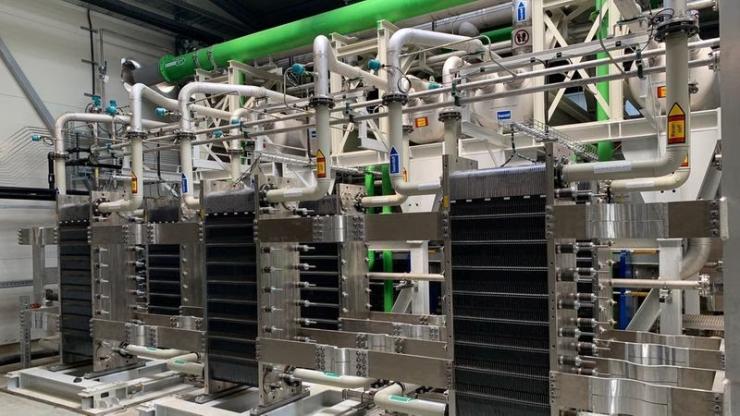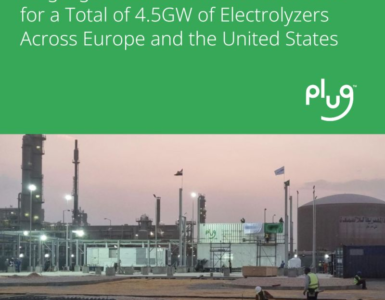Hydrogen, Bavaria – largest electrolysis plant goes into operation.
Bavaria’s largest electrolysis plant is officially put into operation in the Wunsiedler Energiepark. With an electrical output of 8.75 megawatts, the plant in Upper Franconia will produce 1,350 tons of hydrogen annually from solar and wind power.
Never before has hydrogen as an energy source been so much in focus as it has been in recent months – including in Bavarian politics. In the past two weeks, Prime Minister Markus Söder (CSU) has discussed a joint approach to energy supply with his counterparts in both Baden-Württemberg and Hesse.
The main topic in both discussions: hydrogen and the urgency of connecting southern Germany quickly to the European hydrogen network.
🔥 What about we co-host a webinar? Let's educate, captivate, and convert the hydrogen economy!
Hydrogen Central is the global go-to online magazine for the hydrogen economy, we can help you host impactful webinars that become a global reference on your topic and are an evergreen source of leads. Click here to request more details
Plant is to produce 1,350 tons of green hydrogen annually
In Wunsiedel, Upper Franconia, Söder is now expected again for a hydrogen appointment: Bavaria’s largest electrolysis plant to date is officially put into operation in the energy park there.
At the start, it runs with 8.75 megawatts of electrical power, and around 1,350 tons of green hydrogen are to be generated annually from solar and wind energy. In the medium term, an expansion of capacities to an output of up to 20 megawatts is planned.
Energy surpluses are mainly used
Of course, this is by no means the solution for the Bavarian energy supply – but the Wunsiedel approach, which has even received international attention, could be a blueprint from the point of view of energy experts such as the economist Veronika Grimm.
Those responsible in the Fichtelgebirge are pursuing a decentralized approach as part of an overall strategy for the small town: The electrolyser is to run largely on excess wind and solar power that would otherwise not be produced because the power grid could not absorb it.
Hydrogen is to be used in the extended region
The green hydrogen obtained in this way is also to be used regionally: for filling stations, for industry, but also for reconversion: the combined heat and power plant, which is normally operated with wood gas and is right next to the electrolysis system, could convert the hydrogen back into electricity and local heat, albeit with losses, if too little solar and wind power is available.
Plant was built without funding
The 20 million euros that the system cost is a private investment. The Siemens Smart Infrastructure division and the Lichtenfels-based gas company Rießner-Gase each hold a 45 percent stake in the WUN H2 operating company, while SWW, the Wunsiedler municipal utility, holds the remaining ten percent.
Siemens takes care of the plant itself and its technology, Rießner takes care of the transport and sale of the hydrogen and SWW takes care of the seamless integration into their municipal energy concept, called “Wunsiedler Weg” .
However, there was no direct financial support from the state capital. The Free State only wants to contribute financially to the construction of a hydrogen filling station near the electrolysis plant and a research center in Wunsiedel for scientific monitoring.
READ the latest news shaping the hydrogen market at Hydrogen Central
Hydrogen: Bavaria’s largest electrolysis plant goes into operation, September 14, 2022








